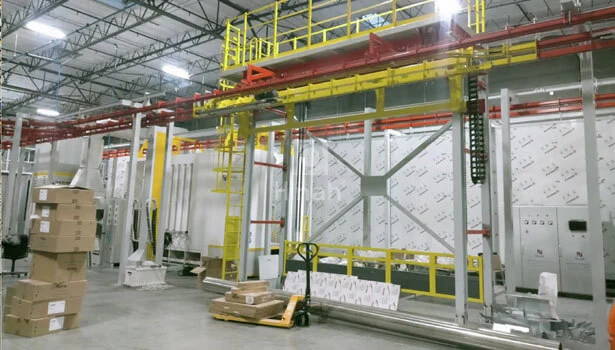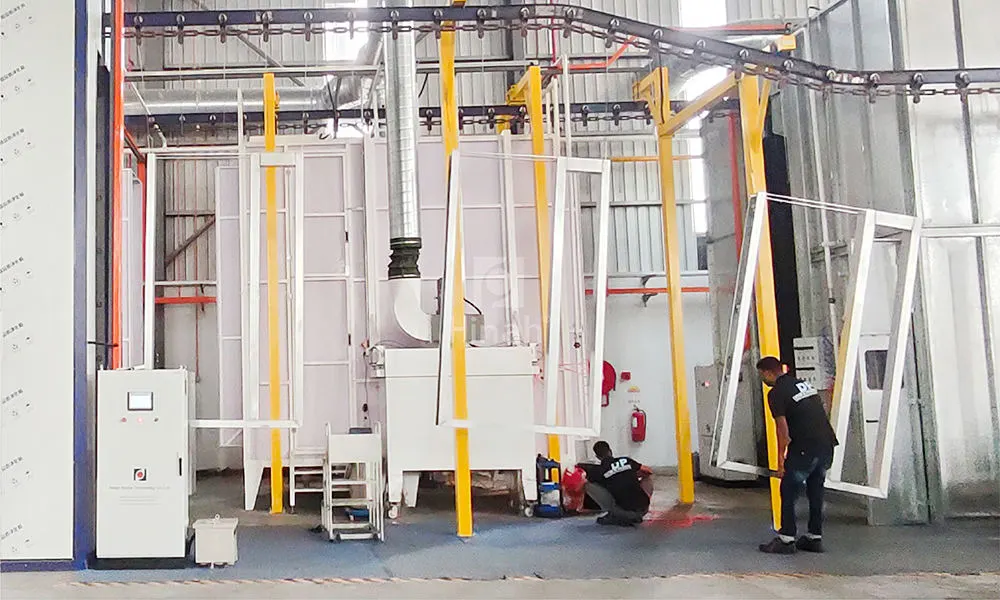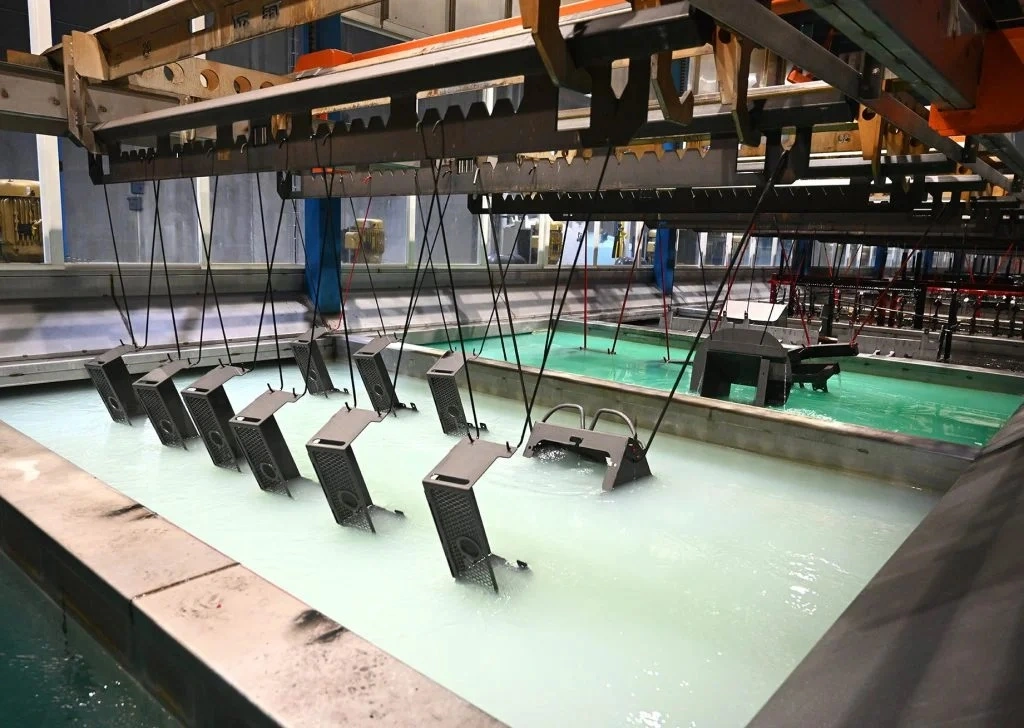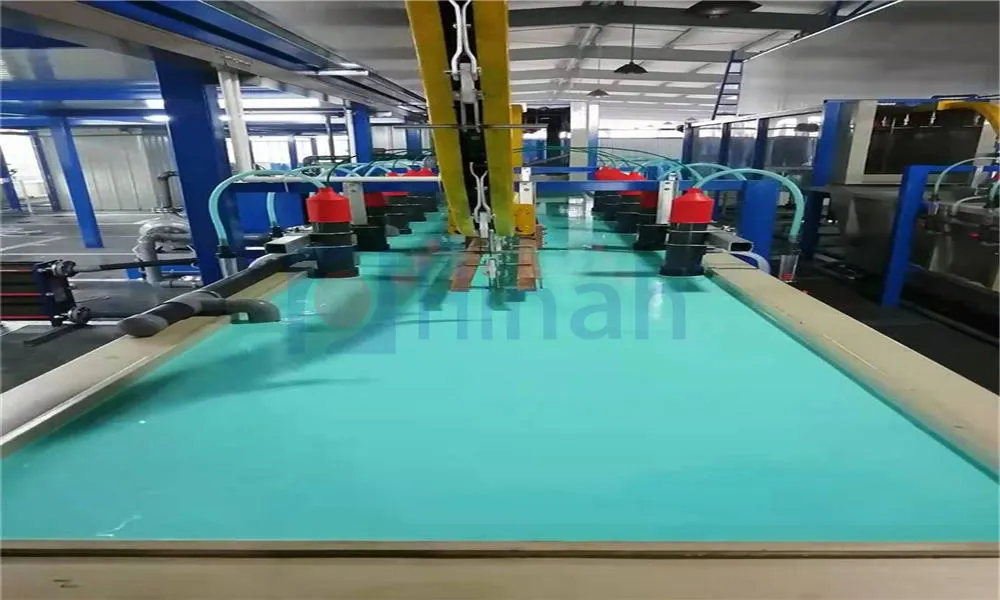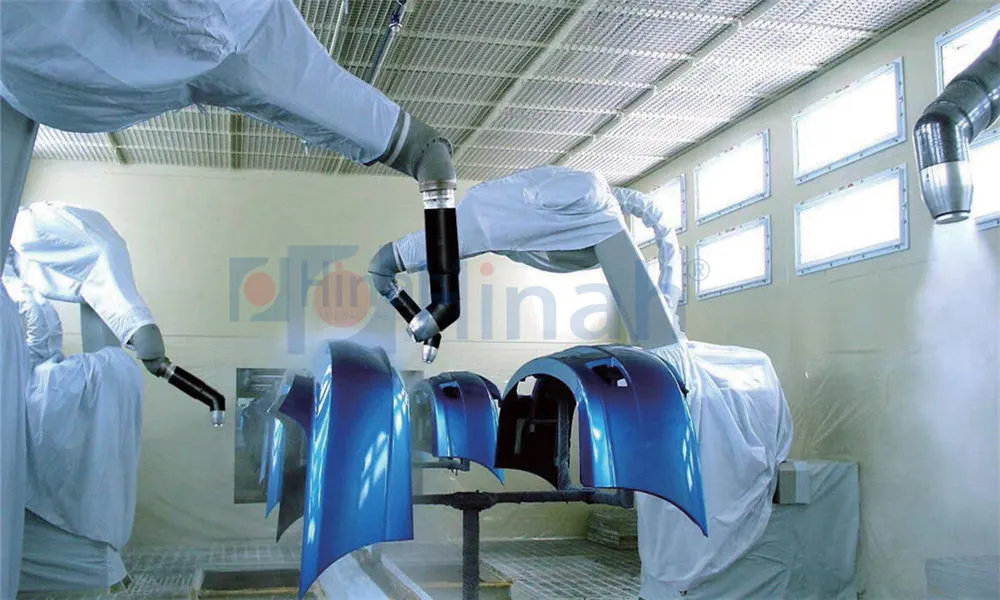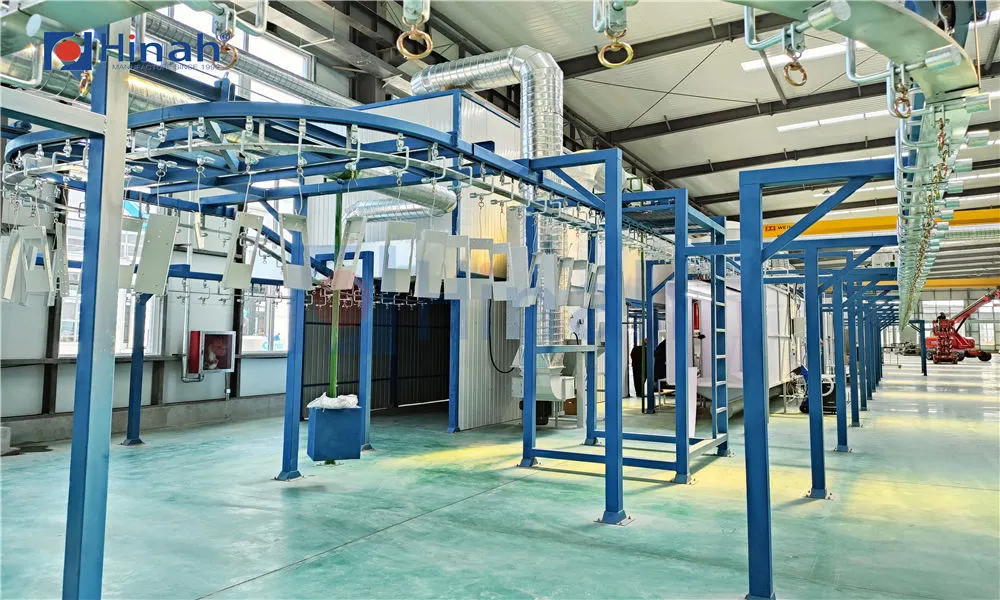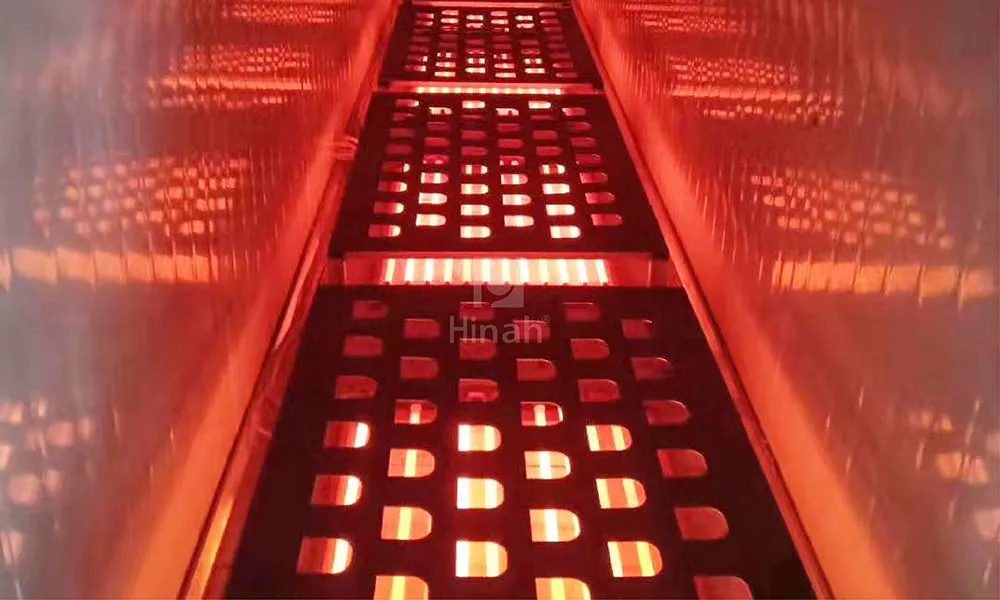In today's competitive manufacturing landscape, achieving high-quality, durable surface finishes is crucial for product performance and customer satisfaction. A powder coating plant stands at the forefront of this endeavor, offering a robust solution for applying protective and decorative coatings to various substrates. Unlike traditional liquid painting, powder coating involves applying dry powder electrostatically and curing it under heat to form a hard, resilient layer. This method is widely adopted across industries such as automotive, aerospace, construction, and consumer goods due to its environmental benefits and superior finish quality. As global demand for sustainable and efficient coating processes grows, understanding the intricacies of a powder coating plant becomes essential for manufacturers aiming to optimize their operations. This article delves into the core aspects of a powder coating plant, providing a comprehensive overview that highlights its components, processes, advantages, applications, and environmental considerations. By exploring these facets, readers can gain valuable insights into how a powder coating plant can enhance their production lines and contribute to long-term cost savings and eco-friendly practices.
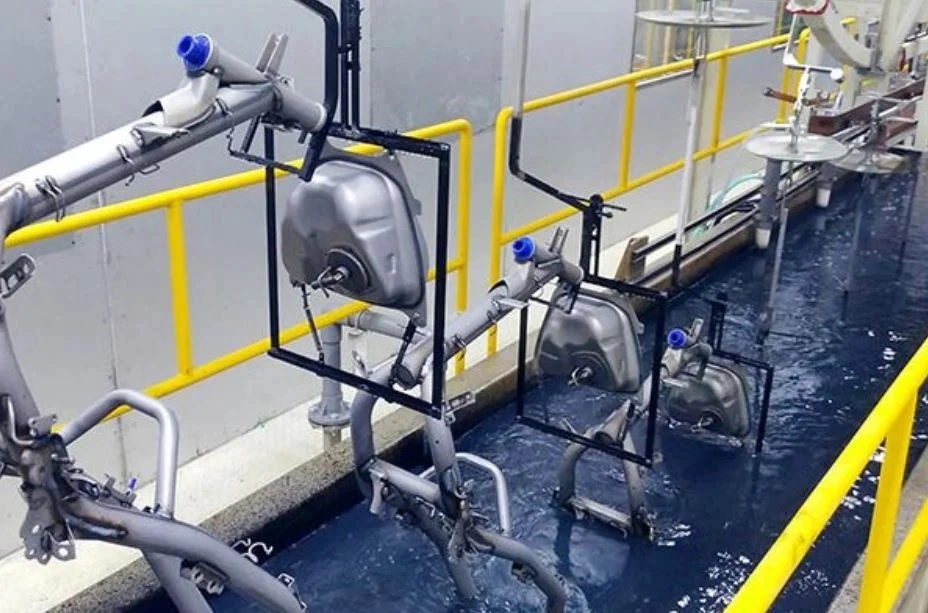
What is a Powder Coating Plant?
A powder coating plant is an industrial facility designed for the application of dry powder coatings to metal, and sometimes non-metal, surfaces. This type of plant integrates various equipment and processes to ensure uniform coating application, curing, and finishing. The fundamental principle behind a powder coating plant involves using electrostatic charges to attract powder particles to a grounded workpiece, followed by thermal curing in an oven to create a continuous film. This method eliminates the need for solvents, reducing volatile organic compound (VOC) emissions and minimizing waste. A typical powder coating plant includes pre-treatment systems, application booths, curing ovens, and material handling equipment, all coordinated to achieve high throughput and consistent quality. Industries rely on powder coating plants for their ability to produce finishes that resist corrosion, chipping, and fading, making them ideal for products exposed to harsh environments. The evolution of powder coating technology has led to automated and manual setups, catering to diverse production scales from small workshops to large-scale manufacturing units. By investing in a powder coating plant, businesses can achieve operational efficiency, reduce environmental impact, and meet stringent regulatory standards.
Key Components of a Powder Coating Plant
A well-designed powder coating plant comprises several critical components that work in harmony to deliver optimal results. Understanding these elements is vital for anyone involved in setting up or operating such a facility.
First, the pre-treatment section is where workpieces are cleaned and prepared for coating. This stage often involves washing, degreasing, and phosphating to remove contaminants and enhance adhesion. Proper pre-treatment is essential for ensuring the longevity and quality of the final coat, as any residue can lead to defects.
Next, the powder application area includes spray booths equipped with electrostatic guns, powder feeders, and recovery systems. These booths are designed to contain overspray and allow for the recycling of unused powder, which can significantly reduce material costs. Modern powder coating plants often feature automated robotic arms for precise application, improving consistency and reducing labor costs.
The curing oven is another crucial component, where the coated parts are heated to temperatures typically between 150°C and 200°C. This process melts and fuses the powder into a smooth, durable layer. Ovens in a powder coating plant can be convection or infrared-based, with the choice depending on the product type and production volume.
Additionally, material handling systems, such as conveyors and racks, facilitate the movement of workpieces through each stage of the powder coating plant. Efficient handling minimizes bottlenecks and ensures a seamless workflow. Finally, control systems and monitoring devices oversee the entire process, providing real-time data on parameters like temperature and airflow to maintain quality standards. By integrating these components, a powder coating plant can achieve high efficiency and repeatability, making it a cornerstone of modern industrial finishing.
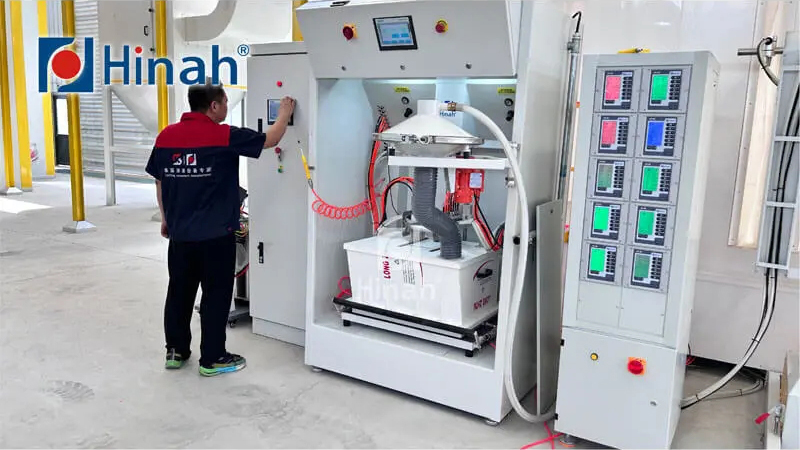
The Powder Coating Process Step by Step
The operation of a powder coating plant follows a systematic process to ensure consistent and high-quality finishes. This section breaks down the key steps involved, from preparation to final inspection.
It begins with pre-treatment, where the substrate is thoroughly cleaned to remove oils, dirt, and rust. This may include stages like alkaline cleaning, rinsing, and surface conversion coating, which improve powder adhesion and corrosion resistance. In a powder coating plant, this phase is critical for preventing defects such as bubbling or peeling.
After pre-treatment, the workpiece is dried and moved to the application booth. Here, electrostatic spray guns charge the powder particles, which are then attracted to the grounded part. This method ensures even coverage, including on complex geometries. The powder used in a powder coating plant can be thermoset or thermoplastic, chosen based on the desired properties like flexibility or chemical resistance.
Once applied, the coated part enters the curing oven. The heat causes the powder to flow and cross-link, forming a tough, continuous film. The curing time and temperature are carefully controlled in a powder coating plant to avoid issues like under-curing or discoloration. This step is vital for achieving the mechanical and aesthetic qualities expected from powder-coated products.
Post-curing, the parts are cooled and inspected for quality. Any imperfections may be addressed through rework or touch-ups. The efficiency of a powder coating plant allows for rapid turnaround times, making it suitable for high-volume production. By following these steps meticulously, operators can maximize the benefits of their powder coating plant, including reduced waste and enhanced durability.
Benefits of Using a Powder Coating Plant
Implementing a powder coating plant offers numerous advantages that make it a preferred choice in various industries. One of the primary benefits is environmental friendliness. Unlike solvent-based paints, powder coatings contain no VOCs, reducing air pollution and compliance with environmental regulations. Additionally, a powder coating plant often incorporates powder recovery systems that recycle overspray, leading to material utilization rates of over 95%. This not only cuts costs but also minimizes waste disposal.
Durability is another key advantage. Finishes from a powder coating plant are highly resistant to impact, moisture, UV radiation, and chemicals, ensuring products maintain their appearance and functionality over time. This reduces the need for frequent recoating and maintenance, saving resources in the long run.
From an economic perspective, a powder coating plant can lower operational expenses through faster curing times and reduced energy consumption compared to liquid coating systems. The automation potential in a powder coating plant also decreases labor costs and human error, boosting overall productivity. Moreover, the wide range of available colors and textures allows for customization, meeting diverse consumer demands without compromising quality.
Safety is enhanced in a powder coating plant due to the absence of flammable solvents, reducing fire hazards and improving workplace conditions. Overall, the integration of a powder coating plant into manufacturing processes leads to sustainable, cost-effective, and high-performance finishing solutions.
Applications of Powder Coating Plants in Various Industries
The versatility of a powder coating plant enables its use across multiple sectors, each benefiting from the unique properties of powder coatings. In the automotive industry, a powder coating plant is employed for coating wheels, chassis, and engine parts, providing corrosion resistance and aesthetic appeal. This helps vehicles withstand harsh conditions while enhancing brand value.
The construction sector relies on powder coating plants for architectural elements like window frames, fencing, and structural steel. The durable finishes protect against weathering and UV damage, ensuring longevity in outdoor applications. Similarly, in appliance manufacturing, a powder coating plant is used for refrigerators, washing machines, and ovens, where scratch-resistant and easy-to-clean surfaces are essential.
Furniture and consumer goods industries also leverage powder coating plants for items like outdoor furniture, bicycles, and electronics enclosures. The ability to achieve vibrant colors and textures makes products more attractive to consumers. Additionally, the aerospace and defense sectors use specialized powder coating plants for components that require high-performance coatings to endure extreme environments.
In each case, a powder coating plant provides consistent results that meet industry-specific standards, such as ISO and ASTM certifications. This broad applicability underscores the importance of powder coating plants in modern manufacturing, driving innovation and quality across global markets.
Environmental and Safety Aspects of Powder Coating Plants
A powder coating plant is renowned for its eco-friendly profile, but it also requires careful attention to safety protocols. Environmentally, powder coatings are free from hazardous solvents, reducing VOC emissions and contributing to cleaner air. The powder recovery systems in a powder coating plant minimize waste by reusing overspray, aligning with circular economy principles. Moreover, powder coatings are often made from recyclable materials, further lessening their environmental footprint.
However, operating a powder coating plant involves potential risks, such as exposure to fine powder particles, which can pose respiratory hazards if not managed properly. Therefore, adequate ventilation, personal protective equipment (PPE), and regular air quality monitoring are essential in a powder coating plant. Fire safety is another concern, as powder dust can be combustible; thus, explosion-proof equipment and proper grounding are critical.
Regulatory compliance, including adherence to OSHA and EPA guidelines, is mandatory for a powder coating plant to ensure worker safety and environmental protection. Training programs on handling powders and operating equipment can mitigate risks. By prioritizing these aspects, a powder coating plant can maintain a safe workplace while upholding its sustainability advantages, making it a responsible choice for forward-thinking industries.
In summary, a powder coating plant represents a advanced solution for industrial finishing, combining efficiency, durability, and environmental benefits. From its key components and step-by-step processes to its wide-ranging applications and safety considerations, this technology offers a compelling alternative to traditional methods. As industries continue to prioritize sustainability and quality, the role of a powder coating plant will only grow, driving innovations that enhance performance and reduce ecological impact. By investing in and optimizing a powder coating plant, manufacturers can achieve significant competitive advantages, ensuring their products meet the highest standards of excellence.
Frequently Asked Questions
Q1: What is the typical lifespan of equipment in a powder coating plant?
A1: The lifespan of equipment in a powder coating plant can vary but generally ranges from 10 to 20 years with proper maintenance. Regular cleaning, calibration, and part replacements can extend the life of key components like spray guns, ovens, and conveyors.
Q2: How does a powder coating plant compare to liquid painting in terms of cost?
A2: A powder coating plant often has higher initial setup costs but lower long-term expenses due to reduced material waste, faster curing times, and minimal solvent use. Over time, the efficiency of a powder coating plant can lead to significant savings in operational and compliance costs.
Q3: Can a powder coating plant handle complex-shaped objects?
A3: Yes, a powder coating plant is well-suited for complex shapes due to the electrostatic application process, which ensures uniform coverage even on intricate geometries. Advanced systems may use robotic arms for precision.
Q4: What safety measures are essential in a powder coating plant?
A4: Key safety measures in a powder coating plant include proper ventilation to control dust, use of PPE like respirators and gloves, explosion-proof equipment, regular training, and adherence to fire safety protocols to prevent hazards related to powder accumulation.
Q5: Are there environmental regulations specific to operating a powder coating plant?
A5: Yes, operating a powder coating plant must comply with regulations such as EPA standards for air quality and waste management, as well as local guidelines. Since powder coatings are low in VOCs, they often meet stringent environmental criteria, but permits and monitoring are still required.




